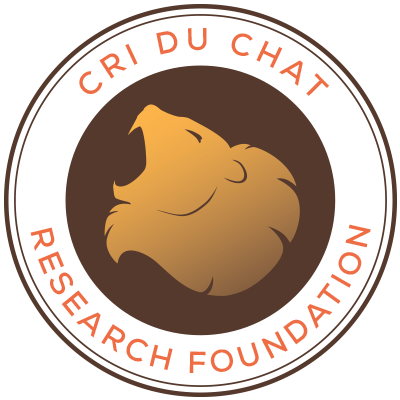5p- syndrome & Autism
5p- Syndrome & Autism
Does my child with 5p- syndrome also have autism?
And if so, where do I go from here?
Every child with 5p- syndrome is unique. While the condition presents with a wide range of features, some individuals with 5p- syndrome may also be diagnosed with autism spectrum disorder (ASD).
What is Autism?
Autism is a developmental condition that affects how a person communicates, behaves, and interacts with the world. It’s called a spectrum disorder because symptoms and severity can vary greatly from person to person.
Simons Searchlight describes autism as a developmental disability caused by differences in brain function.
Autism Speaks defines ASD as a broad range of conditions often marked by challenges in social skills, repetitive behaviors, speech, and nonverbal communication.
Importantly, autism can occur with or without intellectual disabilities, language delays, or other neurodevelopmental conditions.
If my child has 5p- syndrome, does that mean they’re also autistic?
The answer is: maybe.
5p- syndrome and autism are separate diagnoses—one is genetic, the other is behavioral. Having one does not automatically mean the other is present, but they can coexist.
A formal autism diagnosis is based on the following criteria:
Ongoing difficulties with social communication and interaction across various settings
Repetitive behaviors, restricted interests, or routines
Symptoms present from early development
Observable impact on daily functioning (social, educational, or occupational)
In fact, a study analyzing 15,480 DNA samples (De Rubeis et al., 2014) found that TRIO, a gene located on 5p15.2 and often deleted in 5p- syndrome, is among the most strongly associated genes with autism. This highlights a possible genetic link in some cases.
What if my child does have autism?
While there’s no “cure” for autism, there are many therapies that can help improve quality of life, learning, and communication:
Therapeutic Options:
Behavioral & Communication Therapies:
Applied Behavior Analysis (ABA)
Speech, occupational, and physical therapies
Sensory integration therapy
Social skills training
Assistive Technology: Tools to help with communication and learning
Medications: While no medications treat core autism symptoms, some can help with sleep, anxiety, or attention issues
Dietary Approaches: Mixed evidence, but sometimes explored with medical guidance
More about ABA therapy: ABA is a personalized, evidence-based approach that focuses on improving behavior and teaching new skills. It’s important to work with ABA providers who are knowledgeable about 5p- syndrome and your child’s unique needs.
Why does an autism diagnosis matter?
Many parents of children with 5p- syndrome say that while the diagnosis is hard to receive, it brings clarity and direction.
A formal ASD diagnosis can help you:
Access services, therapies, and educational support
Qualify for insurance coverage of treatments like ABA
Connect with support networks and autism-specific resources
While 5p- syndrome has its own ICD-10 code (Q93.4), autism is often more widely recognized by insurers and service providers. Having both diagnoses on record may improve access to support.
If you’re considering an autism evaluation, check out this guide from the Autism Science Foundation to better understand what the assessment process looks like.
Start the Conversation Early
Given that autism is a relatively common co-occurring diagnosis in children with 5p- syndrome, it’s worth having this discussion early with your care team. Early evaluation leads to early intervention—which can make a meaningful difference.
Autism Resources
Here are a few helpful resources from Autism Speaks and other organizations:
Signs of Autism: Learn to recognize early indicators and developmental milestones
Overview of ABA Therapy: Clear introduction to how ABA works
Parent Guide to ABA: A more in-depth resource for families
Autism Directory: Search tools by location, age, diagnosis, and needs
You’re Not Alone
Whether you’re exploring an autism diagnosis, already navigating life with dual diagnoses, or just trying to understand your child better—there are communities, tools, and people who are here to help. CDCRF is one of them.
We’re with you every step of the way.
